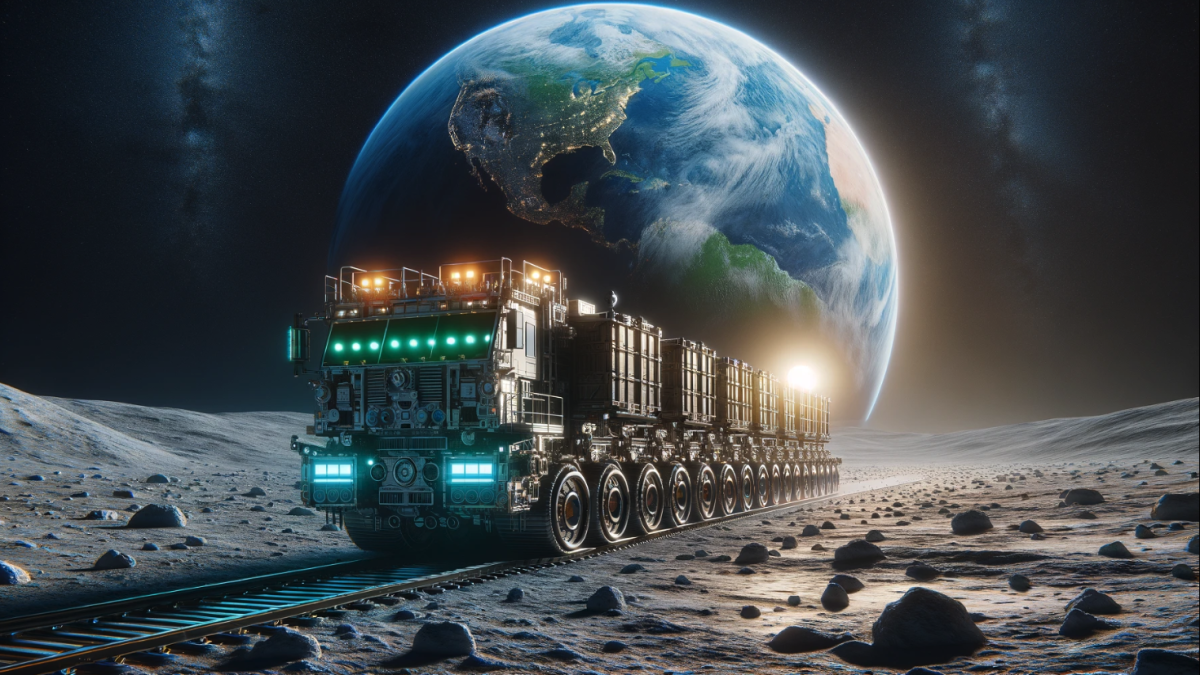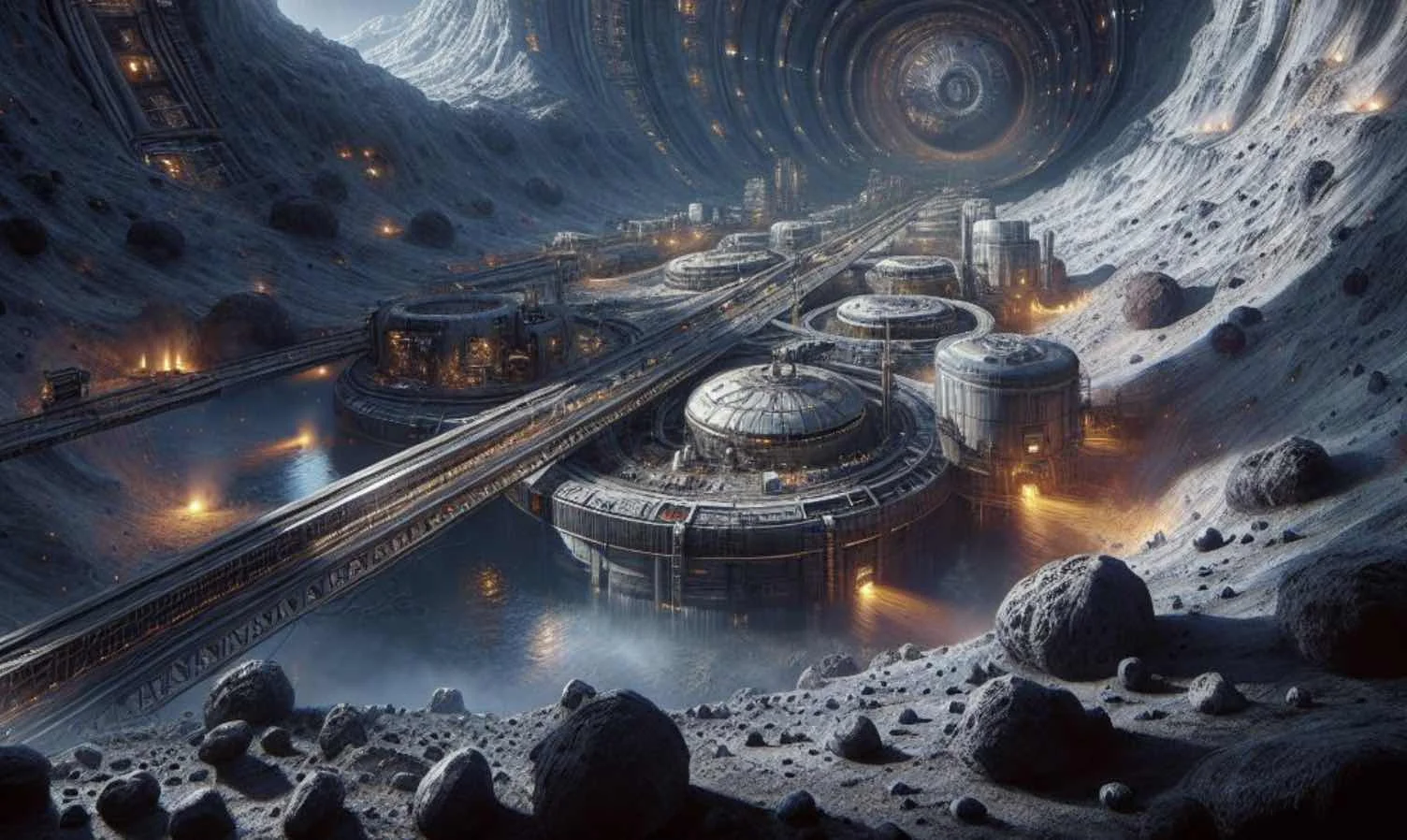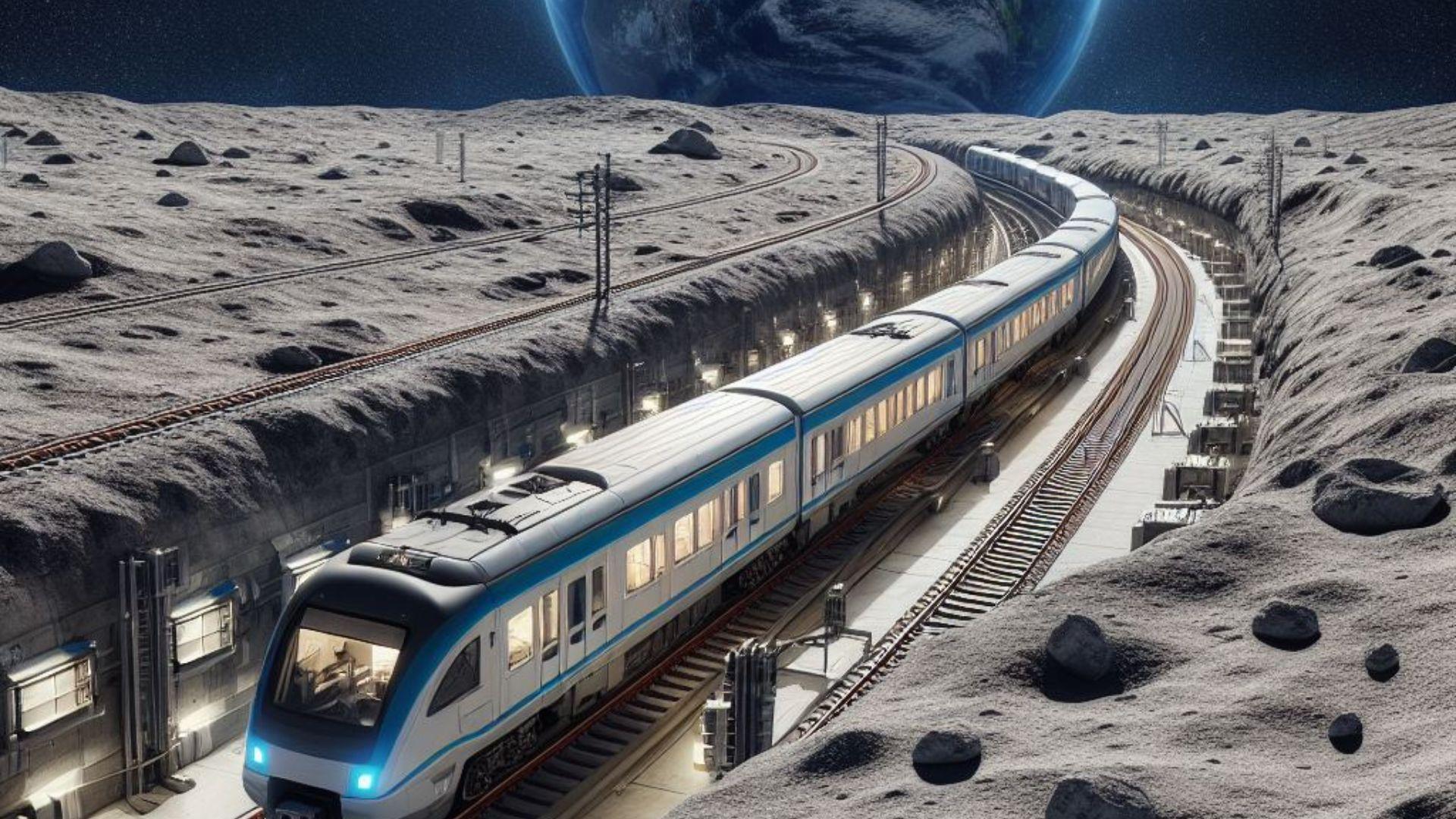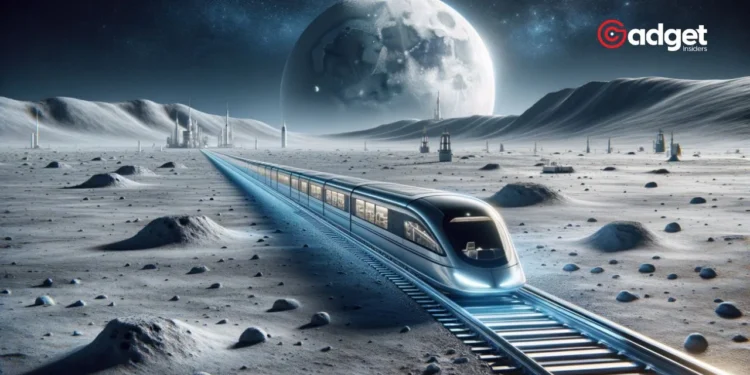NASA is currently embarking on what might seem like scenes from a science fiction movie: building rail tracks on the Moon and designing transit systems to shuttle humans and cargo to Mars. These ambitious endeavors are part of the agency’s push to turn futuristic dreams into reality, marking a significant leap in mankind’s achievements in space exploration.

The Vision of NASA’s Innovative Projects
John Nelson, a representative for NASA, describes these projects as “science fiction-like concepts,” emphasizing their groundbreaking nature. Among these innovative ventures are a lunar railway system, a fluid-based telescope, and a Mars transit system, all under the umbrella of NASA’s Innovative Advanced Concepts (NIAC) program. This initiative is dedicated to the continuous research and development of forward-thinking aerospace technologies.
Imagine a railway system… on the Moon! This and five other futuristic ideas will receive additional funding and development through our NASA Innovative Advanced Concepts (NIAC) program – and could enable future space missions and @NASA_Technology: https://t.co/VtkTEyw8hQ pic.twitter.com/xvy4YlOuB1
— NASA (@NASA) May 2, 2024
“Although there is no guarantee of them materializing, projects like the lunar rail system may become part of an aerospace mission someday,” said Nelson, highlighting the exploratory stage of these ambitious projects. Each has progressed beyond the initial NIAC phase, securing over $600,000 for further research in the next two years.

Challenges and Potential in Telescope Advancement
One of the critical areas of research involves expanding the capabilities of space telescopes. Edward Balaban, a researcher at NASA, points out the current limitations: “It does not appear economically viable to scale current space telescope technologies to aperture sizes beyond 10 meters.” This challenge has spurred the development of the FLUTE project, which aims to create space observatories with large, unsegmented liquid primary mirrors formed in microgravity environments.
These innovative mirrors are designed to shape themselves using fluidic dynamics in space, a concept that has already been demonstrated successfully in laboratories, aboard the International Space Station, and during parabolic microgravity flights.
Pioneering Propulsion Technologies
In addition to advancements in space observation, NASA is also exploring breakthrough propulsion technologies. The Pulsed Plasma Rocket project represents a significant development in electric spacecraft propulsion, addressing the challenge of efficiently and rapidly transporting humans and cargo through the vast distances of space. As of now, no existing technology meets these criteria, making this research a critical component of space exploration’s future mission planning.

The Road Ahead: NASA’s Ambitious Space Endeavors
As these projects move closer to reality, they reflect NASA’s commitment to pushing the boundaries of what’s possible in aerospace technology. “Our NIAC fellows never cease to amaze and inspire, and this class definitely gives NASA a lot to think about in terms of what’s possible in the future,” Nelson remarked, encapsulating the enthusiasm and potential these innovations hold.
Amidst these projects, ranging from lunar railways to Mars transit systems, not only do they promise to enhance our capabilities in space travel, but they also open up new possibilities for future generations of explorers. As the space agency continues to innovate, the line between science fiction and science fact becomes increasingly blurred, heralding a new era of exploration that could redefine humanity’s footprint in the cosmos.










